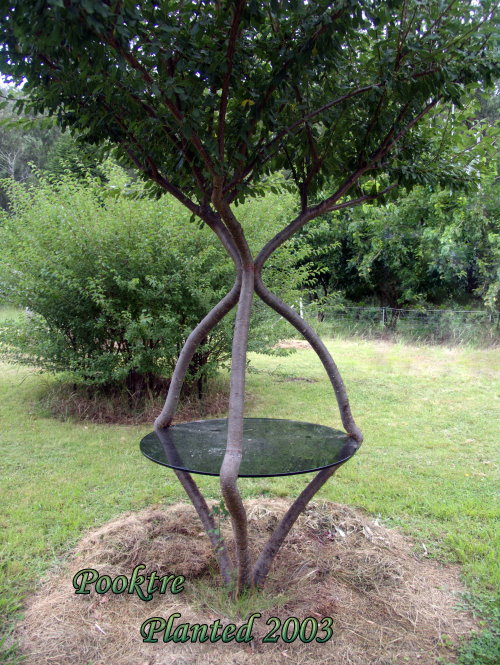So this is the time to start planning the garden bed for 2012 growing. As you may have read, I create to-scale drawings of my main veggie and herb beds, and use those to visualize the gardens. The hardest part is deciding what veggies should go where. Some vegetables don't like other vegetables. In the garden party that is your planting bed, most veggies have friends they prefer to be seated by, and others they could do without. I'm very cautious of this because I want the largest harvest possible for the amount of space I have to plant. If one plant is going to irritate another plant so much that it doesn't produce as well, I don't want to take the risk of having them next to each other. Many of you may not really care about maximum harvest and may want to think more about eye appeal (I know this veggie always wears purple to the party, and this one yellow - they complement each other visually) and so you may want to disregard companion planting suggestions. There is absolutely no harm in this, planting should be fun and rewarding - whatever you decide to do is the right thing for you! But because I am trying to make sure we are self-sufficient in veggies, companion planting is one thing I haven't experimented with. If I read that onions don't like legumes I don't follow legumes with onions and I don't plant them next to one another. (Apparently a really bad party guest is fennel, it must have a bad attitude in veggie get-togethers because pretty much no veggie wants to be planted near fennel. This is an exception - and I don't grow fennel for just that reason - but fennel is a beautiful plant so if you want to try it, try it!)

For my companion planting decisions I do not use what many gardeners would consider the ultimate authority: "Carrots Love Tomatoes" by Louise Riotte. I have it, I've read it, and it's a very good book (at some point in all this I'm sure I'll review it), but it's not as easy for me to use as a reference as "The Vegetable Gardener's Bible" by Edward Smith.
Smith's book was probably not intended to be used primarily as a companion planting guide to garden planning. It's a book that has a clear message about how to get maximum veggie production using wide rows, organic methods, raised beds, and deep soil. And it's excellent for that information! It goes into depth about why these four methods of growing are truly useful, it helps you plan your garden, gives you information on crop rotation, and even helps you with seed starting. It talks about watering, fertilizing, and storing the harvest. Frankly, it's a pretty nice one-stop-shop if you're in the market for a great all-around book on growing your own food! I definitely read it cover-to-cover and recommend that you do too, it gave me so much information about the overall process of organic gardening that I consider it one of my absolute best beginning resources.
But now that I've been growing for a number of years, and have read many many books on organic gardening and maximizing my harvest, I don't often have to refer to books for general garden knowledge. I've absorbed it. I know that I keep my beans picked, and how to produce compost. I know that you shouldn't step in your garden and so 4 feet between walkways is the max you should plan, and I know you need to rotate your crops. But the one thing that I always have to look up is what plants are good and bad companions to other plants. I just can't keep in my head that dill doesn't like carrots, but loves cabbage, or that kale doesn't like pole beans or tomatoes, but likes bush beans, beets, celery, cucumber, lettuce, onions and potatoes.
So every year, when I am planning my garden, I go back to The Vegetable Gardener's Bible. It is one of the few books I have that makes it so easy for me to look up what plants are good companions and which are bad. Starting on page 180 and going through 297, this book gives detailed information about Artichokes and ends with Turnips. Each description includes what soil and watering methods the plant likes, how to sow the seeds, how to fertilize, and even how to harvest and store. But the best part (at least for me because I've been doing this for a while now) - in a small clearly marked section it gives you the summary, including good companions and bad companions. This is my go-to book for planning my garden. I take my scale drawings, my seeds, and this book, and I sit down to plan what will go where in the spring. If you are just starting out and want one book that will be easy to read, give you a ton of useful information, and will continue to be your garden resource for companion planting for years to come, this is the book I would recommend.







